2017 has not been a kind year for many in the United States, and beyond. It’s painful to look back at what we’ve been through and intimidating to stare down all the work that awaits us in 2018. But if the work is worthy, we’ll find a way to get it done as best we can.
Tomorrow is a holiday. If you can, take a break.
I hope that you care for yourself today. You need your strength. I hope that you get involved in activism and advocacy. We need your voice. I hope that you prioritize your writing or other creative output in 2018. We need your work.
I hope that you take a breath. This post will likely take you less than five minutes to read. Breathing is encouraged while you scroll through it.
The rest of this space will be filled with photographs from various hiking trails in Arizona alongside facts about the peoples and ecosystems of this region. Please enjoy this, if you can spare the time:
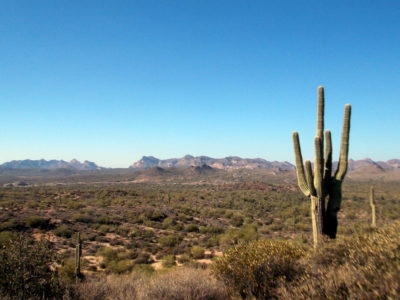
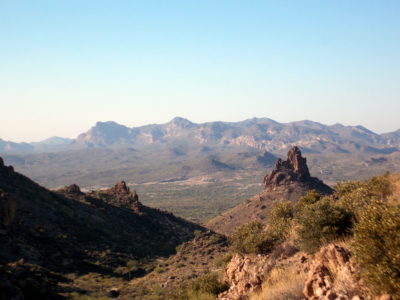
In what became the Grand Canyon but was not yet the Grand Canyon 10,000 years ago, there lived a single species of squirrel. When the split in the earth became too deep and too wide for this animal to cross, two separate species started to evolve. Today there are North Rim and South Rim squirrels, with different colored fur and degrees of tail bushiness. This is called speciation.
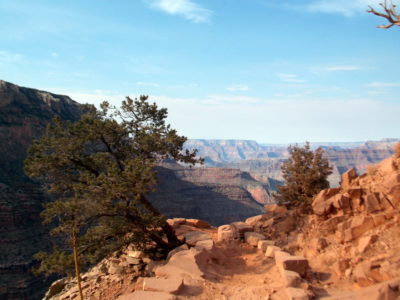
We can date rock carvings, human artifacts or other desert phenomena because of a bacteria called desert varnish. To the human eye it looks like black paint dripping. It isn’t.
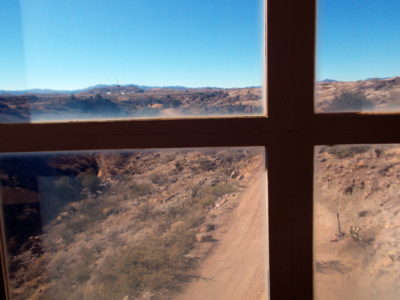
Desert varnish has been utilized by human populations to keep records, express the human experience, and track stargazing and other cosmological occurrences for thousands of years. Carve away the black minerals left behind by this bacteria’s life cycle to reveal a lighter surface underneath. The contrast between light and dark makes lettering or pictures possible. Communication and record-keeping are possible.
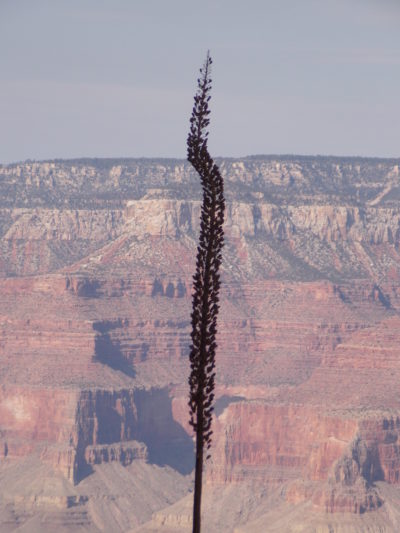
Rock carvings dated between 600 – 1400 B.C.E. at V Bar V were recently understood to, in part, contain a solar calendar. On the 21st of each month, a different carving is illuminated by a sun dagger. Other petroglyphs, created by Hopi ancestors, remain difficult to interpret.
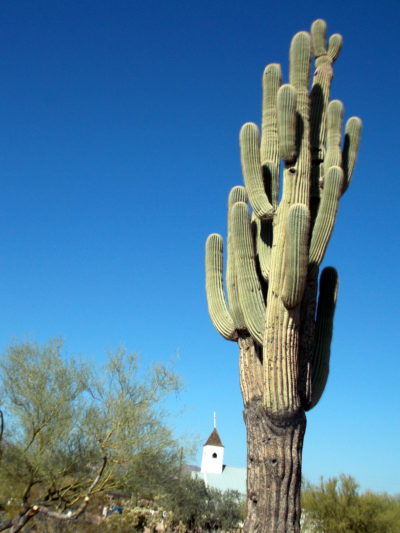
Agave is the spiky desert plant native to the Americas; aloes are spiky, arid, African plants. They look alike but they evolved similarly yet separately. This is called convergent evolution.
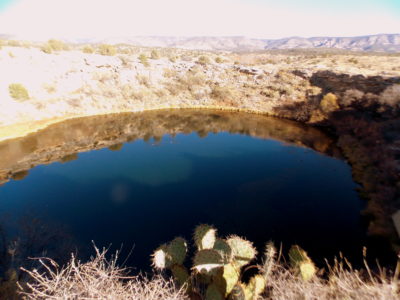
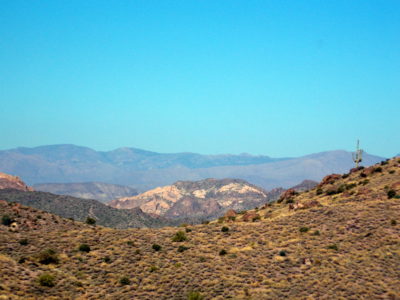
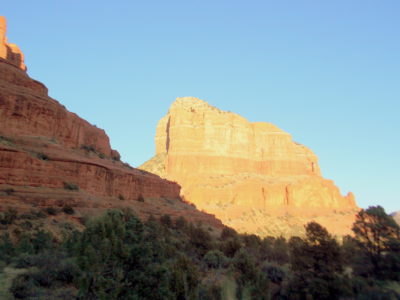

Laura Eppinger graduated from Marquette University in Milwaukee, Wisconsin, USA in 2008 with a degree in Journalism, and she’s been writing creatively ever since. She the blog editor here at Newfound Journal.

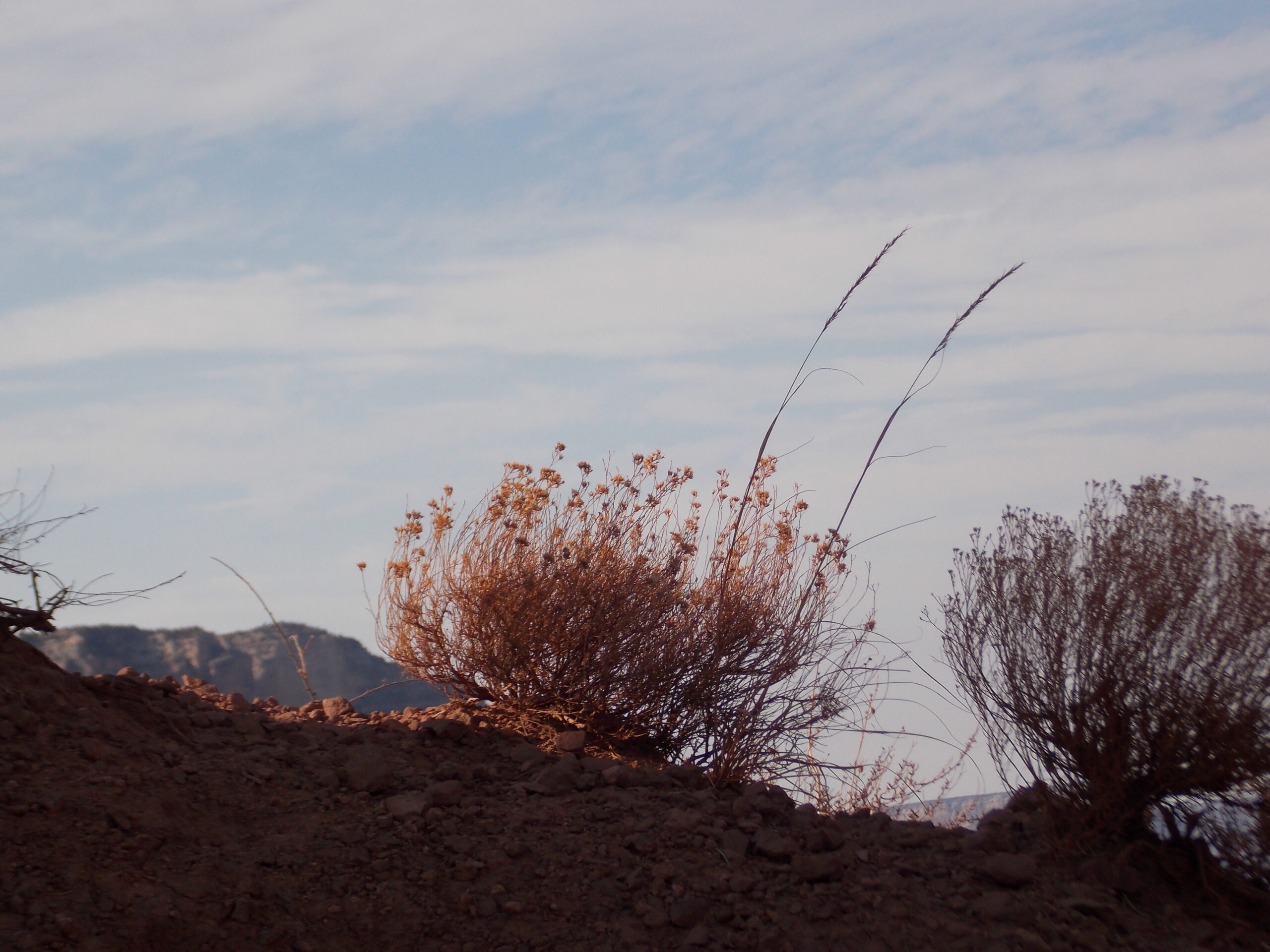
0 comments on “Desert Photographs and Facts”